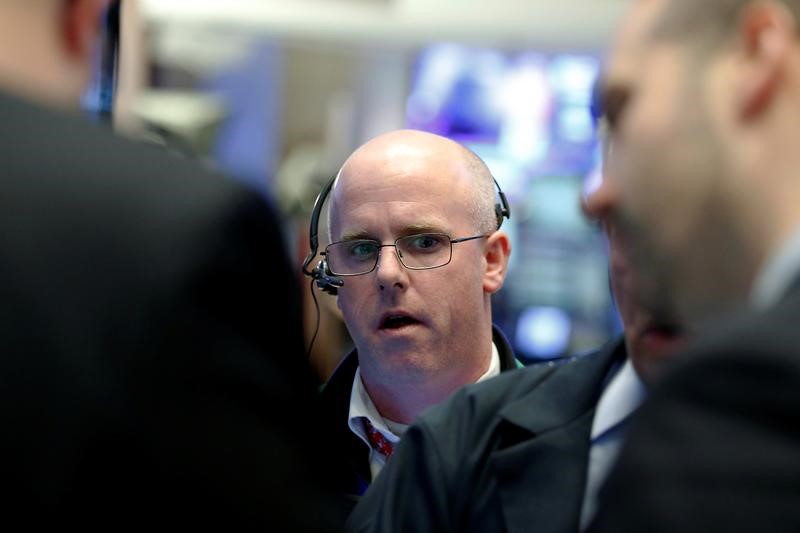This post was originally published on this site
https://i-invdn-com.akamaized.net/trkd-images/LYNXMPEH3I0FN_L.jpg
MILAN (Reuters) – When mayor Filippo Tripoli got a phone call from Telecom Italia (MI:TLIT) last December to cable his town in Sicily he was taken by surprise. Bagheria, population 55,000, had already been cabled by rival Open Fiber and another network seemed extravagant.
“It knocked me sideways,” Tripoli said. “What’s the point of cabling a place that has already been cabled once.”
Open Fiber finished work in Bagheria earlier this year and is now busy resurfacing the streets. Telecom Italia (TIM) has just started, but could be finished by the end of the year. Cost? Some 4.5 million euros ($5.4 million) for Open Fiber and around 3 million euros for TIM.
The case highlights the downsides of the Italian government’s struggle to forge a deal between TIM and Open Fiber to speed up the rollout of fast broadband and help the country close a digital – and economic – gap with major European rivals.
“The government, I understand, wants TIM and Open Fiber to join forces so Italy has only one network and can save money … but what I’m seeing here is each of them going their own way,” Tripoli said.
Rome, through state lender CDP, jointly owns Open Fiber with utility Enel (MI:ENEI) and is the No. 2 shareholder in TIM. Last year, it tried to broker a deal to merge assets of former phone monopoly TIM with its smaller rival to create a national champion and avoid duplicating investments.
But differences over issues such as governance and regulation created a deadlock.
The new government of Mario Draghi, which has digital infrastructure at the heart of its agenda, has yet to say if it will pursue the single network project.
But it risks being overtaken by events on the ground as TIM and Open Fiber lay parallel networks across swathes of Italy.
“These are two different animals and as time goes by it becomes increasingly difficult to integrate them and generate synergies,” warned Michele Polo, professor of industrial organisation and competition policy at Milan’s Bocconi University.
Advisers working for Open Fiber and TIM say a single network would certainly cut costs, with savings ranging anywhere from 500 million to more than 2 billion euros. But both sides agree the synergies are dependent on the job being done quickly – 18 months at most to achieve the top-end estimate.
TIM, Open Fiber and the Innovation and Economy ministries declined to comment.
COMPETING NETWORKS
A full-fibre network is also crucial for the rollout of Italy’s 5G mobile networks, which need fibre back-up connections for their towers and cells.
Vittorio Colao, drafted in by Draghi to lead Italy’s digital drive, is convinced competition has a role to play. The former Vodafone (NASDAQ:VOD) CEO has put the focus on a speedy rollout, keeping an open mind on technology and resisting the creation of dominant positions.
“Colao officially says this is a matter between TIM and Open Fiber, but behind the scenes is going mad to block the single network plan,” a government source said.
But others in government have not dropped the idea of a unified network in some form and Economy Minister Daniele Franco is pressing ahead with plans to make sure CDP wins control of Open Fiber.
Greater competition could certainly ease regulatory concerns. Italy’s antitrust authority recently told the government it believed competing networks were the best way forward, with the exception of remote regions that require state support to be economically viable.
TIM, whose biggest shareholder is French media giant Vivendi (OTC:VIVHY), has repeatedly said it wants control of any merged entity with Open Fiber.
For Bagheria, competing networks may mean more upheaval, but there are upsides.
“We gave TIM the green light providing it also cabled areas Open Fiber didn’t reach, like the seafront area that we want to develop for tourism and business,” Tripoli said. “In the end it’s working out well.”
SLOW COACH
Italy ranked fourth to last in the European Union for digital competitiveness in 2019, according to the Digital Economy and Society Index (DESI). Only 7.1% of households had a fibre-to-the-home subscription last year compared with 21% across the EU, according to consultants IDATE.
But the COVID-19 pandemic has prompted many businesses and homes to rethink the way they work, speeding up digitisation. Rome is looking to use about 7 billion euros of European recovery funds to help finance its ultra-fast network plans, which include offering every home and business access by 2026.
With demand on the rise, both TIM and Open Fiber have turned to big infrastructure funds. Attracted by potential returns on investment above 10%, KKR has invested 1.8 billion euros for a 37.5% stake in TIM’s fibre venture, while Macquarie is in talks to buy up to 50% of its rival.
TIM last year welcomed the single network plan, but has since stepped up efforts to roll out its own last-mile fibre network through purpose-built vehicle FiberCop.
It has pledged to spend almost 6 billion euros by 2025, versus the 7.1 billion its rival has earmarked to cable almost 20 million homes by 2023.
“What was TIM’s Plan B is turning into Plan A,” a source close to the matter said.
FiberCop aims to connect 56% of Italian households and businesses over the next four years, and is taking the battle to Open Fiber, which has so far passed fibre to 11.5 households and is adding more than 2.5 million a year.
Businesses in Bagheria are delighted TIM is cabling parts of the town its rival missed.
“We’re investing 3 million euros over the next year or two to digitise our warehouse and use artificial intelligence to help make the business more competitive,” said Giovanni Pileri, who runs fish packaging company Flott.
“Connectivity is crucial. It makes no difference to us if there’s one or two networks, the important thing is it’s fast, top quality and goes everywhere.”
($1 = 0.8347 euros)
